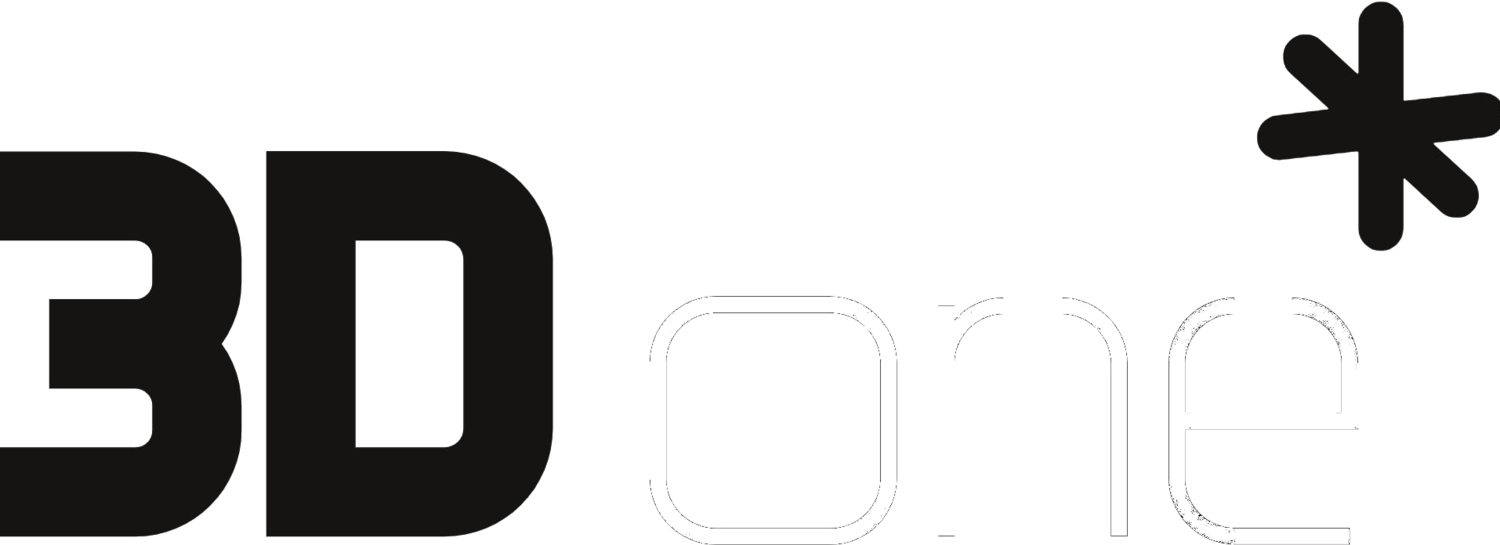Background
In 2018 the Work Health and Safety Regulations reduced the workplace lead exposure standard threefold, from 0.15mg/m3 to 0.05mg/m3 in the blood.
Safe work Australia mandates that PCBUs (Persons conducting a business or undertaking) have a responsibility under the WHS laws to manage risks to health and safety associated with handling, processing, and storing lead in a workplace.
The best way to control this risk is to eliminate it, by removing lead from the workplace.
In early 2018, 3D One’s Research and Development team responded to a request from ROPART Physicists to produce a nontoxic lead alternative for superficial radiation shielding.
The culmination of this project was the Attenuflex sheet, a thermoplastic Tungsten carbide composite.
Whilst this Attenuflex Sheet was a suitable alternative to lead sheet, some therapies required superficial shields to be specially moulded, conformal to complex patient surfaces.
The Problem
3D One leveraged our understanding of lead alternative shielding materials and set out to create a product and service that would allow clinics to eliminate the risks associated with lead used in the most difficult cases of conformal superficial shielding.
3D One needed to manufacture patient-specific conformal shielding, with tight thickness, density, and spatial tolerances, whilst also reducing patient discomfort and radiation therapist labour.
The typical methods for capturing a patient’s unique physiological contours were not suitable. CT scans and Plaster of Paris moulding are both resource-intensive modes of acquiring surface data.
The Solution
3D One has redefined the problem, making low-cost handheld 3D scanner systems available to clinics. These scanners can be used to capture patient surface and shielding requirements, without discomfort or using department resources in high demand.
With a data acquisition solution, 3D One still needed a reliable method to manufacture the conformal shields from the 3D Scans. Through iteration, a viable process for thermoforming conformal shielding was developed. 3D One utilised 3D printing technology to create custom tooling from each xMask 3D scan. This 3D printed tooling is used in a heated pressing process to turn Attenuflex Sheet into a patient-specific xMask.
Summary
xMask eliminates the safety risks associated with lead use and provides a nontoxic solution to the previously resource-intensive task of creating patient-specific superficial radiation shields.
Reach out to us, if you would like to take part in redefining the standard of care for patients and therapists involved in conformal superficial and orthovoltage radiation shielding.


